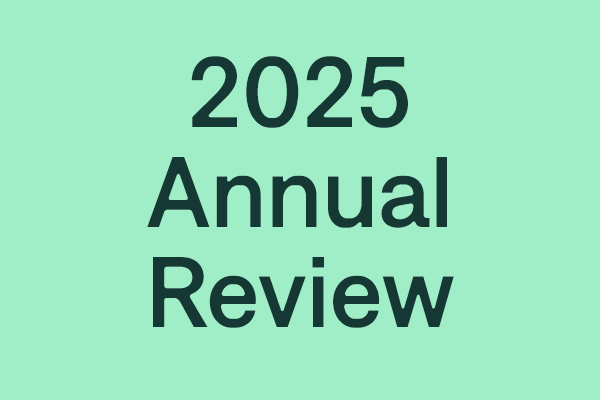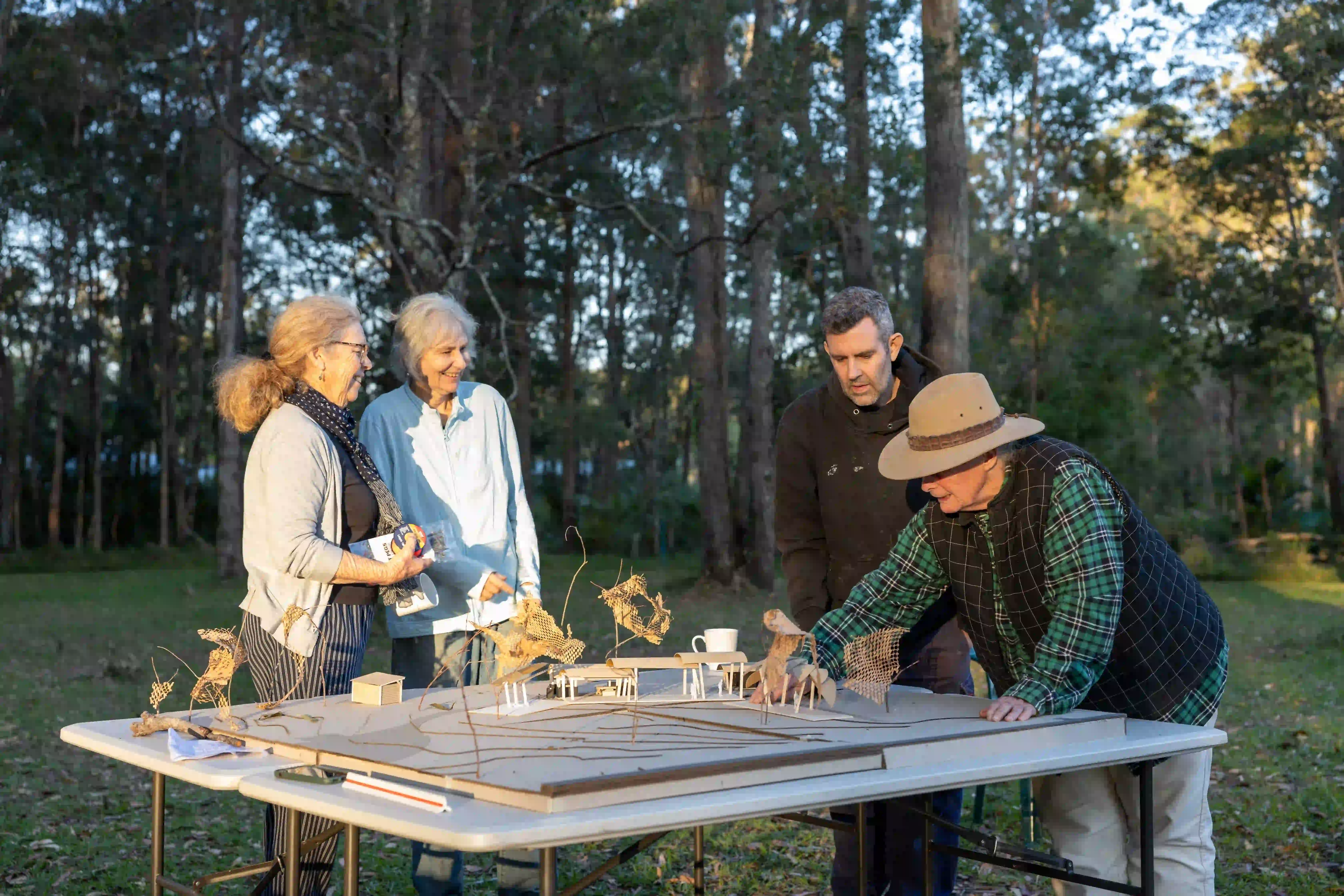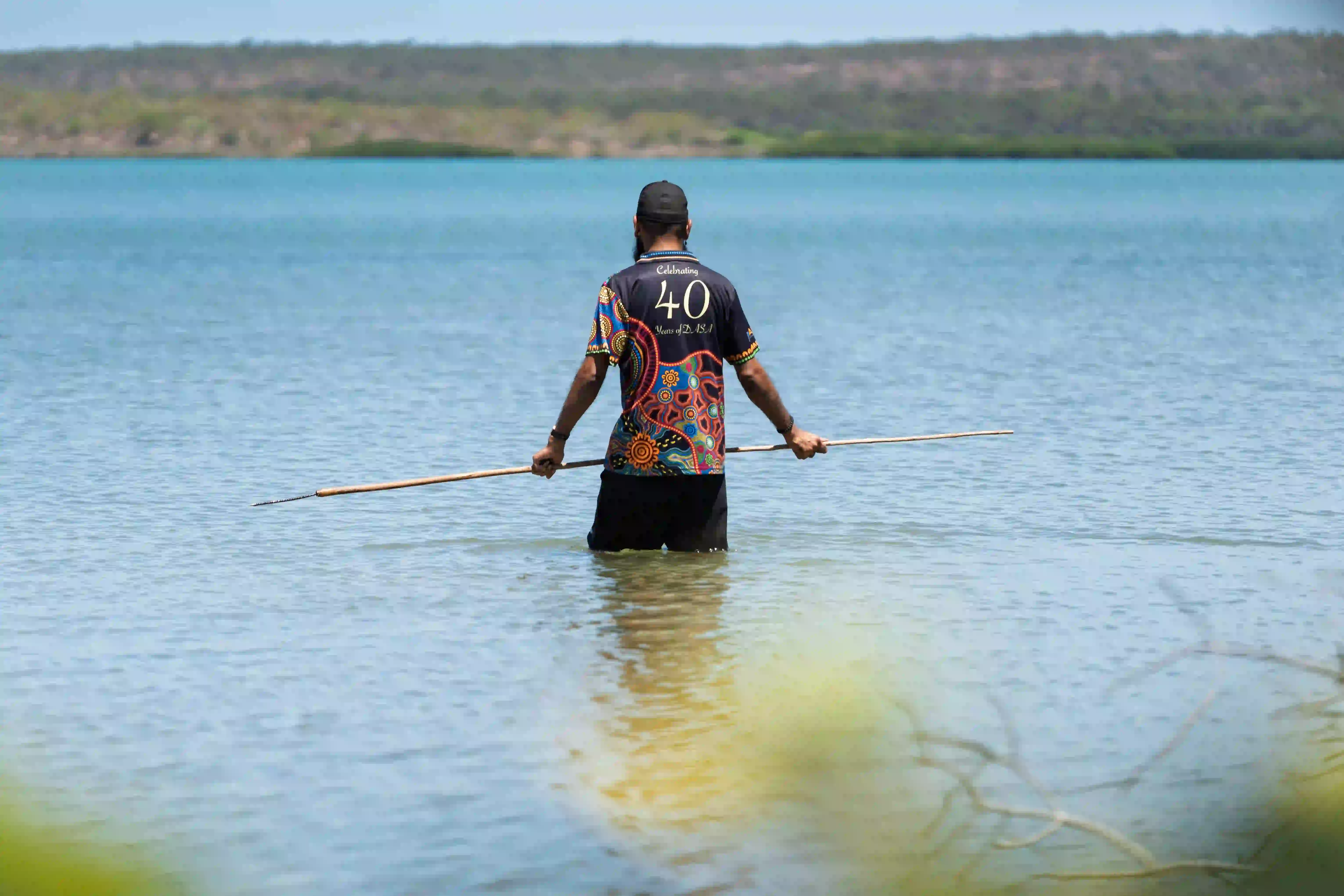This is an excerpt from Dr Anne Summers’ speech at the launch of her research The Choice: violence or poverty, presented to an audience at Yirranma Place on July 7, 2022. You can find the report at www.violenceorpoverty.com
I decided to do this work because, it seemed to me, we did not know enough about the extent or the consequences of domestic violence in this country – and that was hampering our efforts to reduce, let alone eradicate, it.
Domestic violence is, thankfully, now very much on the public agenda in Australia so it might sound strange for me to say we don’t know much about it.
But despite the best efforts of people like Rosie Battie to make this a national issue, our research effort has not provided the evidence base that we need to get the changes that are necessary.
I decided to try to see what I could find out that might help change this.
So I give you the ten facts that shocked me the most.
SHOCKING FACT NO. 1: The prevalence
We are told, in newspaper articles and even some government reports, that 1 in 6, or 17.3%, of Australian women aged over 18 have experienced partner violence since the age of 15.
Sounds terrible: 17.3%
But the trouble with that figure is that it includes all women in Australia, including those who‘ve never had a partner – and the ABS definition of partner violence is violence perpetrated by a cohabiting partner, i.e. someone you have lived with.
So it‘s not really very useful to include in our prevalence figures women who by definition could not have experienced partner violence.
It makes more sense if we look at women who have ever had a partner, and when we do that, the figure changes – to 22%.
That is a terrible figure – 22% or almost one quarter of Australian women who have ever had a partner – have experienced partner violence.
I don’t think that most of us knew this.
But there is another group who have suffered even more and that is women who were once partnered and who now live alone. There are around 800,000 of them and a truly shocking 40% of them experienced violence from a previous partner.
But the really, really terrible figure – and the headline finding of my report – is the astounding 60% of single mothers in my study who have experienced partner violence. This is almost unbelievable, but the ABS stats assure us that it is true.
SHOCKING FACT NO. 2: Who are these single mothers
The second shock was the discovery that these women were married or in de facto relationships at the time the violence occurred.
In other words they were NOT single mothers then.
They are single mothers now – because of the violence.
There are 185,700 of these women who are single now – 60 per cent of our dataset of 311,00 single mothers – because they left their relationships because of the violence.
SHOCKING FACT NO. 3: Those who stay
We just learned that 185,700 women left relationships because of violence. But there is another group: those who stayed and they number 275,000.
Note which is the larger figure.
It might sound blindingly obvious to say that women experiencing violence have two choices: to stay or to leave.
But we have never had the numbers before.
We did not know that 275,000 women currently live with a violent partner. To put that number in perspective, it is approximately the combined population of Hobart and Launceston in 2016 (when these figures were collected).
Nor did we know just how many of those who stayed (or left but returned) did so because they had no money or nowhere to go.
Altogether, a total of around 77,000 women might have left for good if they had the money. But they feared trading violence for poverty and have chosen to stay in relationships where there is violence that could potentially escalate.
Now that we know this, we cannot ignore it.
SHOCKING FACT NO. 4: The physical violence
We have never-before published numbers of what these women endured before they left:
- 69,000 women experienced violence during pregnancy
- 35,300 experienced violence for the first time during pregnancy
- 113,300 women had children in their care and 88,600 of them said the children saw or heard the violence.
SHOCKING FACT NO. 5: The emotional abuse
One of the most distressing tables in the report is one that lists what the ABS calls ‘emotional abuse behaviours’. We might these days call it ‘coercive control’.
If we thought the 60% of partner physical or sexual violence was high, we need to know that 70% of these now single mothers were subjected to emotional abuse. (And 49% experienced both.)
I have never before seen such a comprehensive list, nor one that gives us the numbers of women who experienced the types of abuse listed. It would take me too long to read the whole list but I highly recommend that you do. It contains all the types of controlling behaviour that we have come to understand is ‘normal’ behaviour from such men, but the numbers are staggering, e.g.150,300 women were subjected to ‘constant insults to shame, belittle or humiliate’.
Then there’s 19,100 men who threatened to harm a pet – and 12,500 men who actually did harm a pet. No better way to get to the mother than to upset the kids by killing their dog or their rabbit.
SHOCKING FACT NO. 6: Impacts of the abuse
Imagine living in a constant state of anxiety or fear for your personal safety. For 76,100 of our now single mothers, this was constant. Imagine trying to conduct your life, let alone hold down a job, if you constantly felt that way.
SHOCKING FACT NO. 7: The Impact of leaving
I had no idea of the financial impacts on women who leave violent relationships. A full 50 per cent of them end up living on government benefits, even when they are in employment.
One of the most shocking findings – and this is in a report full of shocks – is that a full 48.1 per cent of these now single mothers are in the lowest quintile of gross weekly equivalized household income. That means their weekly income is $460 a week or less.
SHOCKING FACT NO. 8: Cash flow crisis
A full 60 per cent of these now single mothers experienced household cash flow problems in the previous 12 months.
Again, we need the numbers to emphasize just how dire this situation is:
- 78,400 could not pay their utilities bills on time
- 24,000 could not pay their rent or mortgage on time
- 20,500 were unable to heat or cool their houses
- 16,000 could not pay their credit card minimum
- 17,400 went without meals
But to me, the most heartbreaking and revealing number is the 36,300 women who could not pay their car registration or insurance. We all know that it‘s almost impossible, particularly if you‘re a single parent, to have employment if you don‘t have a car.
If you can‘t drive to work, if you can‘t drive your kids to childcare, if you can‘t do all the normal things associated with most suburban lives, which in this country requires a car, you are excluded from society in ways that make it very hard for you to get back in. So that is a particularly poignant finding and one that we had not been able to quantify until now.
This is how we treat women who have left violent relationships.
But it gets worse.
SHOCKING FACT NO. 9: Government payments declining value
I am ashamed to say that I did not know that the system of government payments for single mothers is so cruel. It is a complicated system – too complicated to spell out all the details here but you will find them in chapter 3 of the Report.
But I will just highlight two injustices that are especially egregious.
First, thanks to John Howard in 2006 and, later, Julia Gillard in 2013, single mothers are now required to go onto the dole, aka JobSeeker, once their youngest child turns 8.
In the eyes of the government they are no longer single mothers, they are unemployed. The difference in income is $210.20 a fortnight. Just as your kids are growing faster, needing more clothes, eating a lot and wanting ‘cool’ sneakers, phones etc, your income drops to way below the poverty level.
Second, and just as scandalous, is that the Parenting Payment that single mothers get until their youngest child turns 8 is indexed differently from JobSeeker. This country punishes the unemployed in ways that are so barbaric that even employer groups are calling for change.
The Parenting Payment is indexed to male weekly earnings while JobSeeker is indexed to the much lower CPI. The result is that in 2006 when these changes were first introduced the fortnightly difference between the two payments was $56. In 2021 that different had grown to $186 a fortnight.
Why do we punish single mothers who have escaped violence in this way? (Not to mention unemployed people).
SHOCKING FACT NO. 10: Why didn’t we know this and what are we going to do about it?
I feel embarrassed that I did not know these prevalence figures or the impact of leaving a violent relationship has on so many women. I’ve supposedly been involved in these issues for decades but I had never focused on these essential facts.
But a bigger question is: why didn’t the government know? These are, after all, government figures.
Why weren’t they used to inform the draft National Plan to End Violence against Women 2022-2032 released by the former government late last year? How can we credibly devise a plan to end violence when we don’t know its extent or its impact?
We have a lot of self-reflection to do now that we know these figures and these facts.
We cannot unknow what we have learned from this data.
I look forward to being part of the process of helping ensure that all these women get the help they need – and deserve.
And that we use this new knowledge to plan for prevention and, ultimately, eradication of domestic violence.










